At the regular September press conference of the Ministry of Information and Communications, a lot of information about the situation of responding to and overcoming the consequences of the communication system after storm No. 3 was shared by functional units.
According to Mr. Nguyen Phong Nha, Deputy Director of the Department of Telecommunications, before the storm, the Ministry of Information and Communications sent a telegram to the Department of Information and Communications of 24 provinces and cities, along with units in the industry, about proactively responding to storm No. 3.
Telecommunications companies have systematically implemented procedures, including bracing antenna poles, lowering tower loads, being on duty 24/7, having backup power sources, and increasing fuel reserves. In total, 284 generators have been added to ensure backup power supply for BTS stations.
The Ministry of Information and Communications has also directed network operators to send warning messages to 32 million subscribers. A total of more than 65 million warning messages were sent to people in provinces and cities affected by the storm.
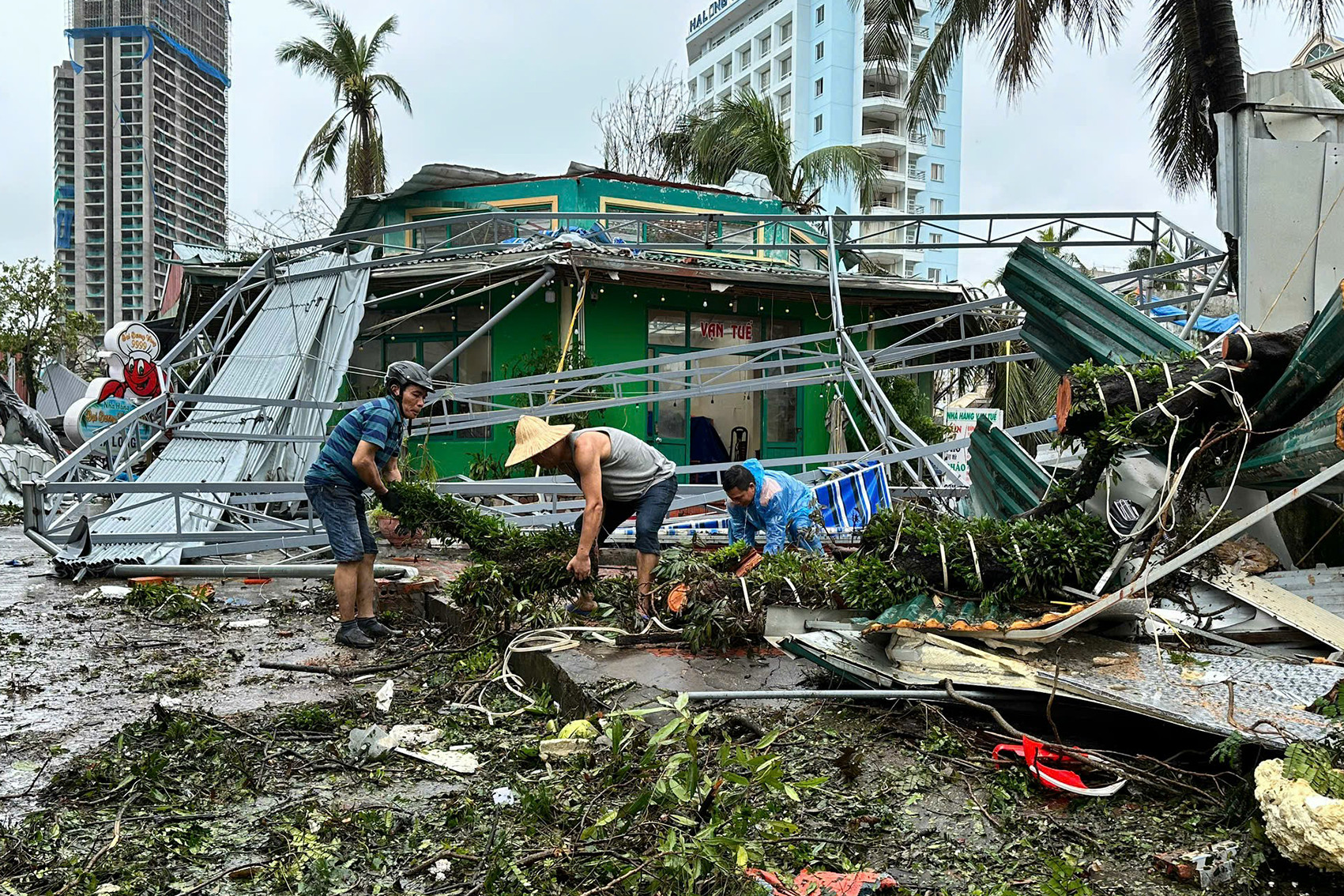
In fact, at the time when the broadcasting stations were most affected, some networks lost over 50% of their networks. However, during the recovery process, telecommunications companies resolutely implemented the direction of the Prime Minister and the leaders of the Ministry of Information and Communications, mobilizing all forces from unaffected provinces, forming troubleshooting groups, prioritizing the recovery of mobile communications.
At the same time, telecommunications companies have dispatched mobile broadcasting vehicles, using satellite transmission lines for some priority areas. Leaders of the Ministry of Information and Communications also directed network operators to prepare specialized broadcasting vehicles, ready to serve when provinces need them to carry out rescue and relief work.
Storm No. 3 has caused communication loss in 15 provinces and cities, with 6,285 mobile base stations affected by power outages. Currently, businesses have fixed 4,012 BTS stations, while the remaining 2,273 stations are still being fixed.
As of 3:00 p.m. on September 11, the rain and floods after the storm also affected telecommunications infrastructure in the northern mountainous provinces, causing 995 station locations to lose contact.

Recently, the Department of Information and Communications has coordinated with the Department of Industry and Trade of localities to regulate the supply of gasoline and oil, ensuring that main BTS stations are given priority in fuel supply. The Department of Telecommunications has also coordinated with network operators to share mobile waves (roaming) to maintain communication for people in storm areas.
“ Up to now, the telecommunications network of the provinces has basically been completely restored, with only 8% of the stations losing contact. Telecommunications businesses are striving to complete the work today and tomorrow. Quickly restoring the telecommunications network will contribute to the direction and operation work, restoring the normal life of the people, ” said Mr. Nguyen Phong Nha.
After overcoming the consequences of storm No. 3, the Ministry of Information and Communications will have detailed statistics on the damage to the telecommunications network, and at the same time organize lessons learned in overcoming and responding to natural disasters.
The fact that many BTS stations were cut off, had power outages, and lost fuel supplies due to storms and floods is a lesson that needs to be learned after storm No. 3. This requires telecommunications network operators to build BTS stations that can withstand level 4 natural disaster risks.
These stations can withstand winds of level 15, operate stably without fuel for 7 days, with fiber optic and microwave transmission lines. This will also be a place where people can go to charge their phones to reconnect with communication.
Fallen trees due to storms have affected telecommunication infrastructure (cable lines). Therefore, another lesson learned is that inter-provincial lines need to be underground to ensure better communication.
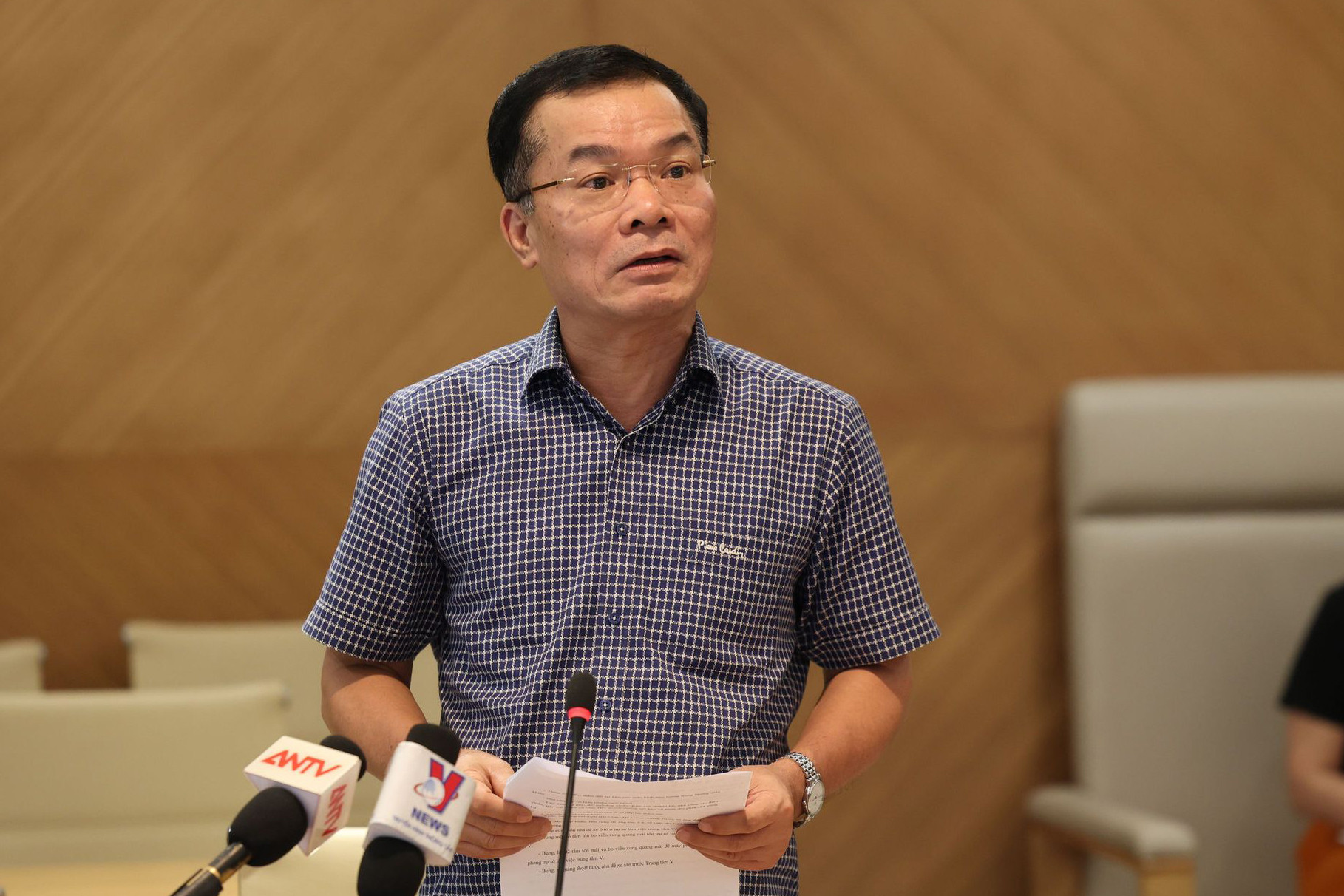
According to Mr. Tran Manh Tuan, Deputy Director of the Radio Frequency Department (Ministry of Information and Communications), frequency control, disaster prevention and search and rescue work during storm No. 3 was well implemented, without any interference. This has contributed significantly to the direction and management of authorities at all levels, serving the information and propaganda about the situation of storm No. 3 and ensuring communication for the people.
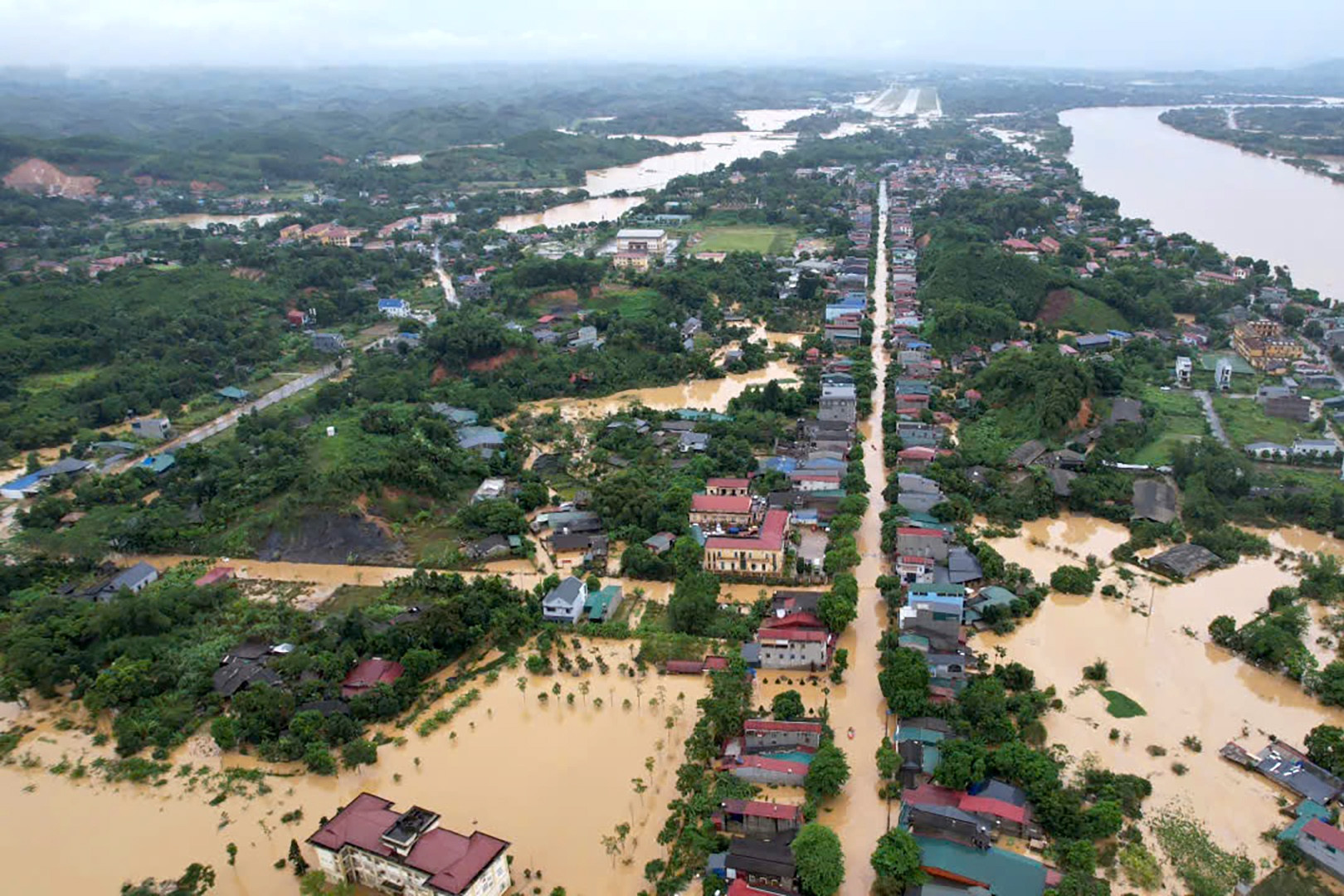
Source: https://vietnamnet.vn/co-nha-mang-mat-tren-50-mang-luoi-trong-bao-so-3-2321840.html




![[Photo] Looking back at the impressive moments of the Vietnamese rescue team in Myanmar](https://vstatic.vietnam.vn/vietnam/resource/IMAGE/2025/4/11/5623ca902a934e19b604c718265249d0)


![[Photo] "Beauties" participate in the parade rehearsal at Bien Hoa airport](https://vstatic.vietnam.vn/vietnam/resource/IMAGE/2025/4/11/155502af3384431e918de0e2e585d13a)
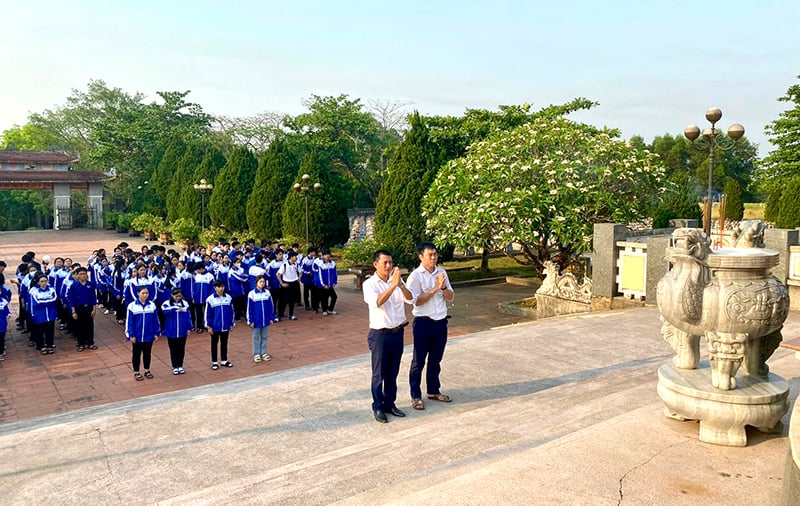

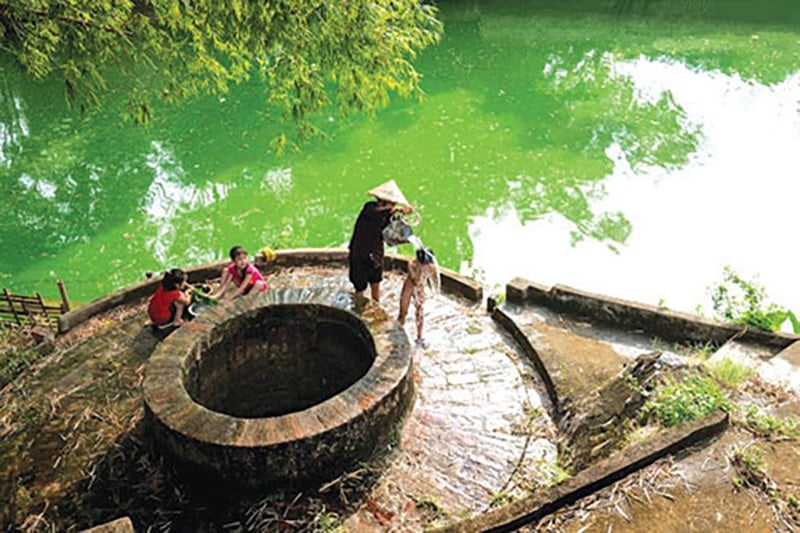
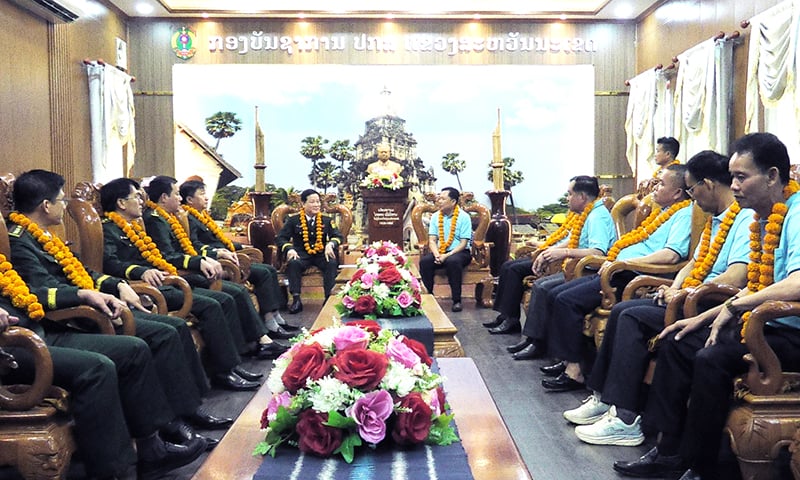
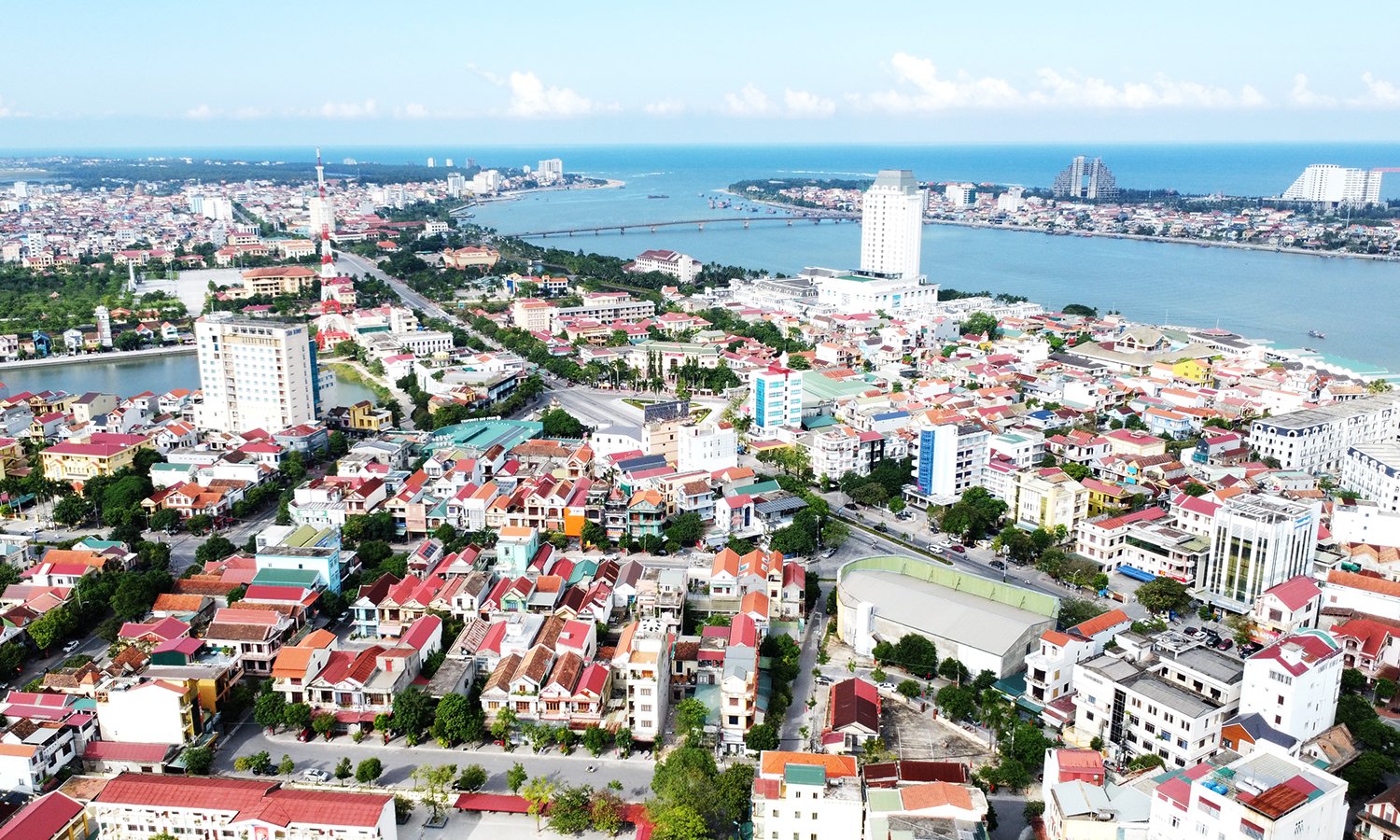
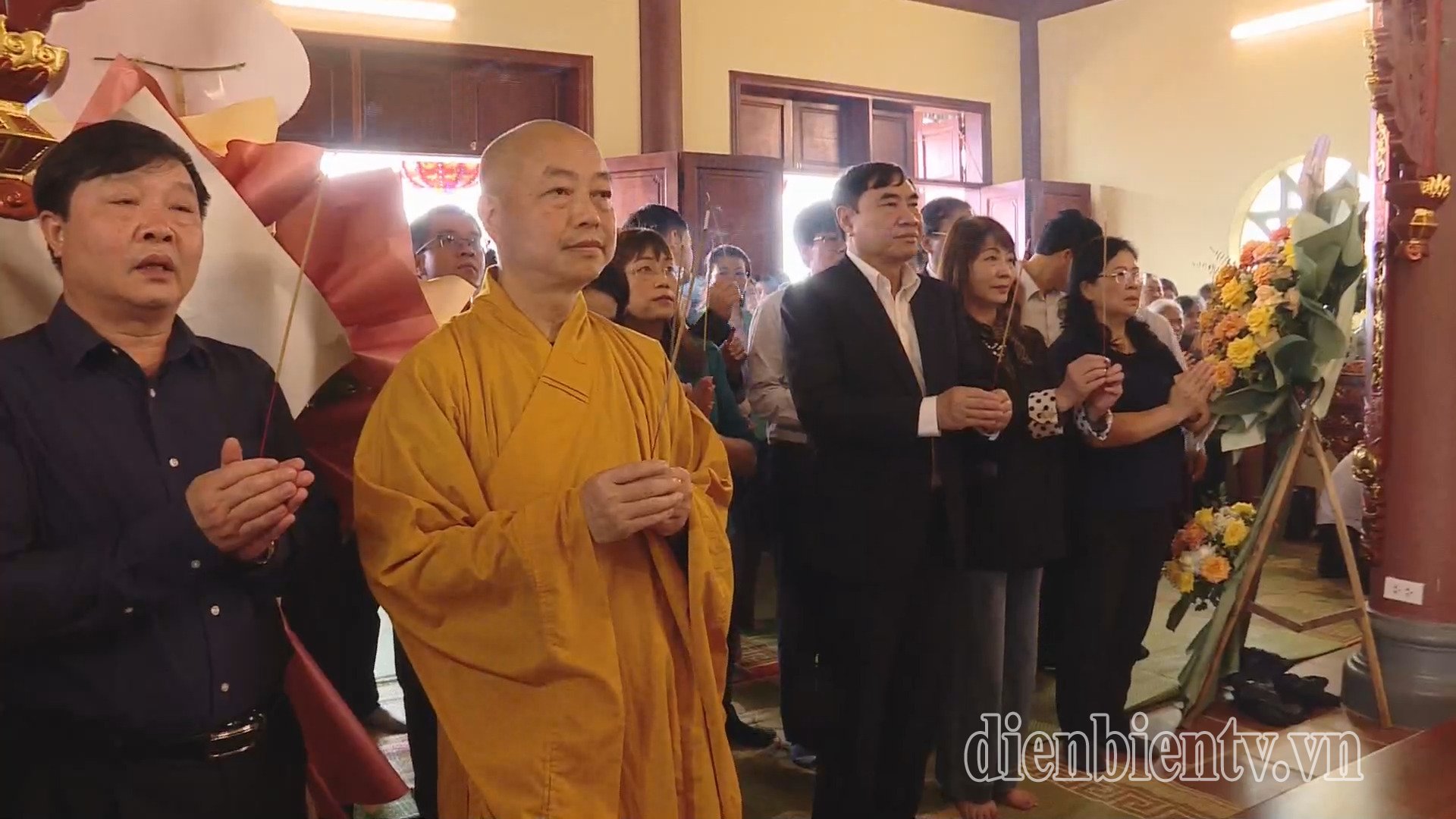
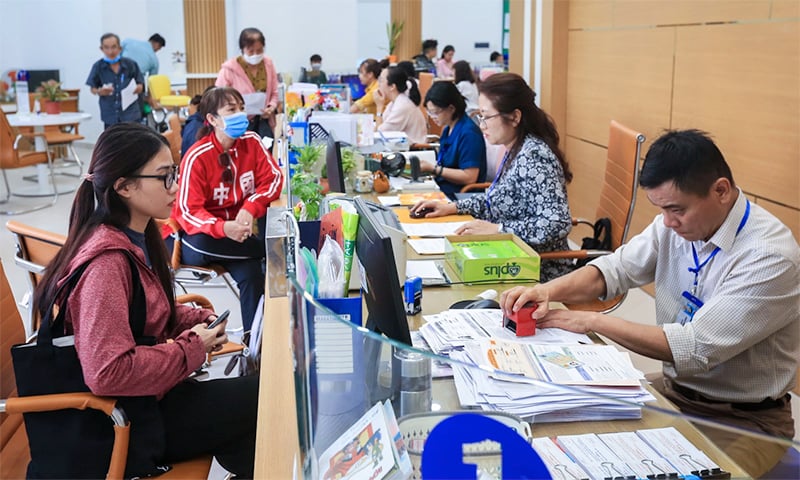

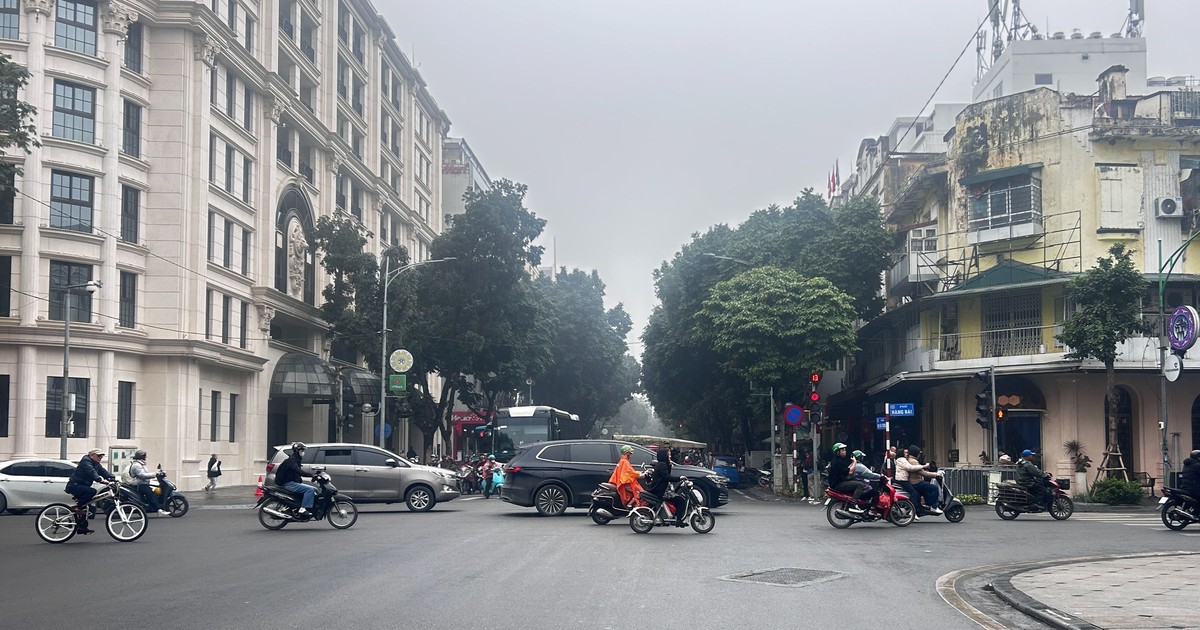
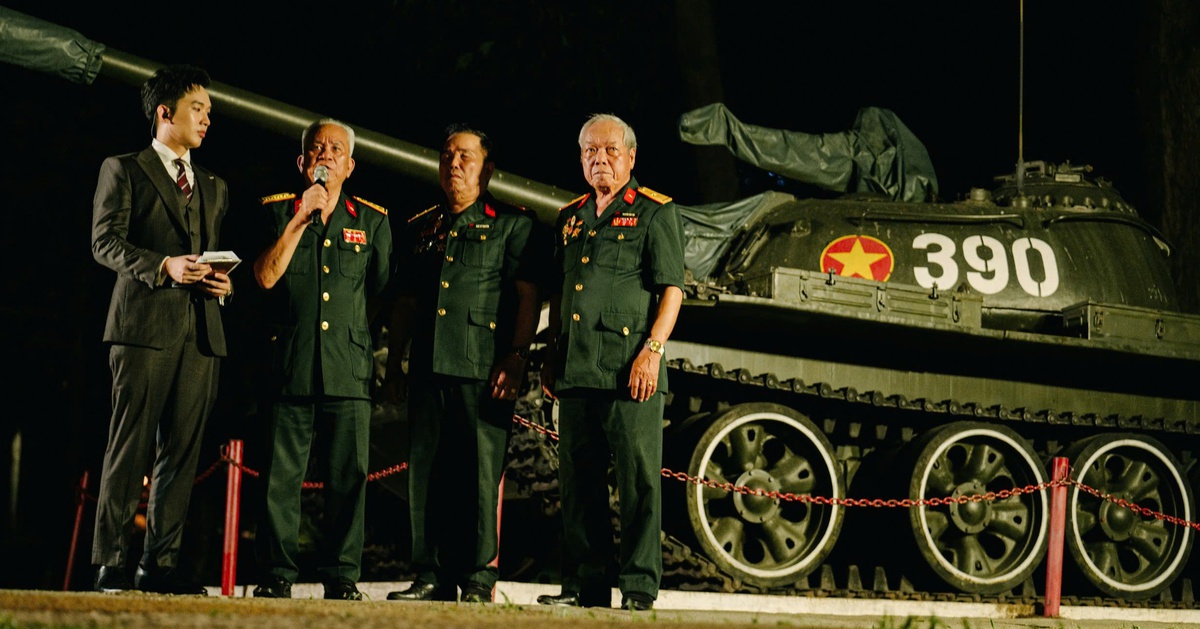
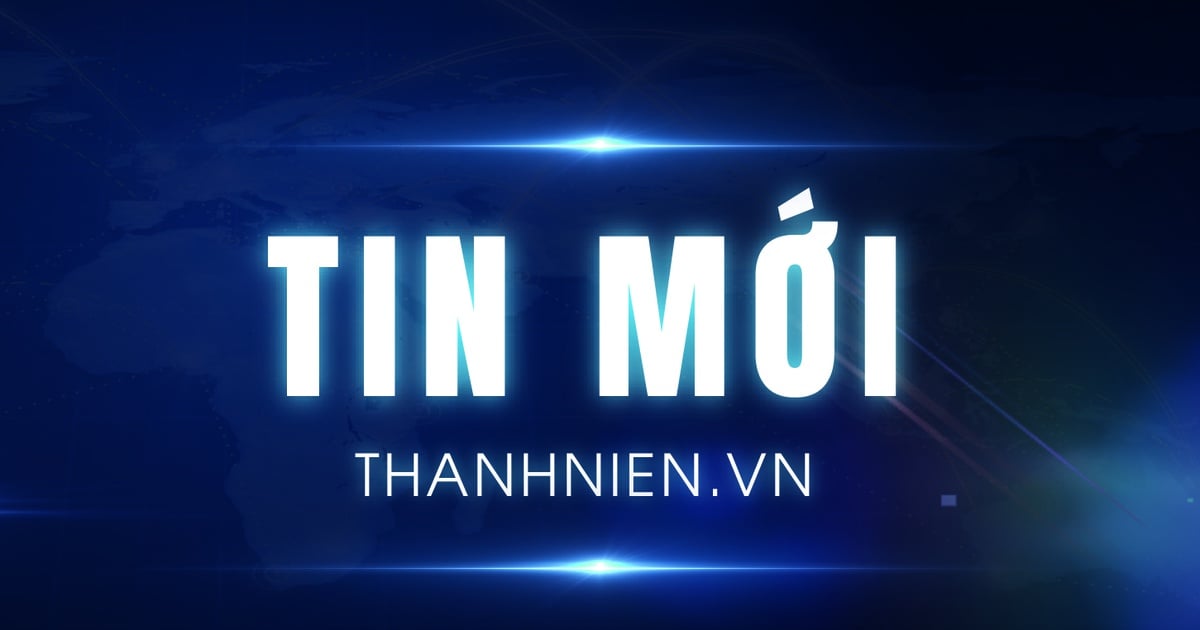
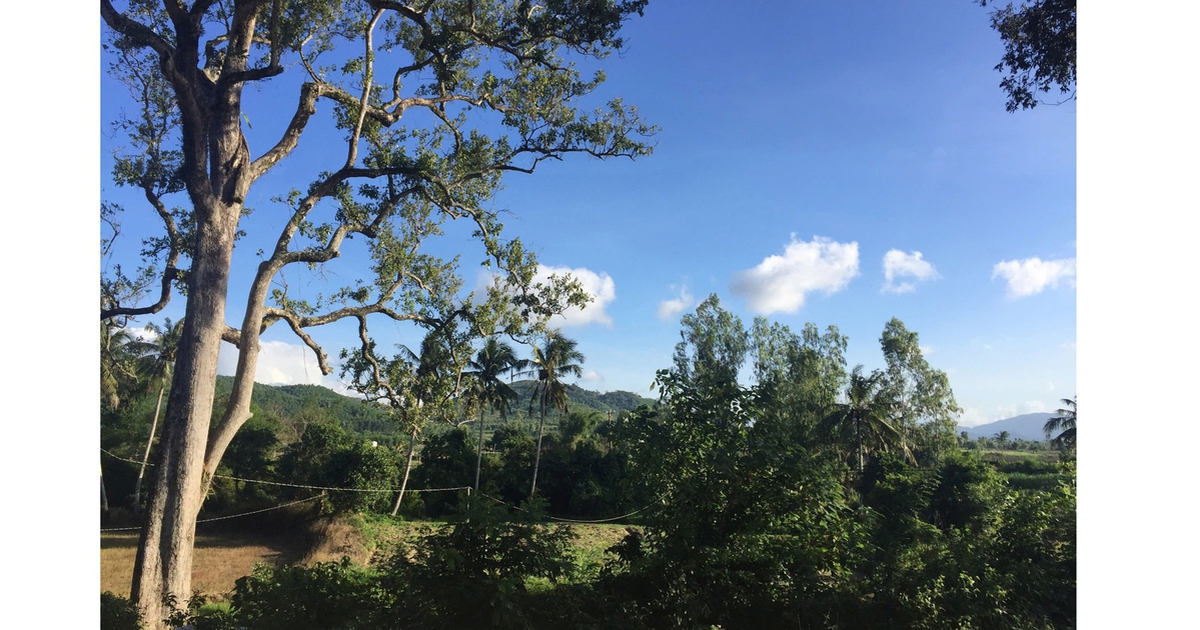



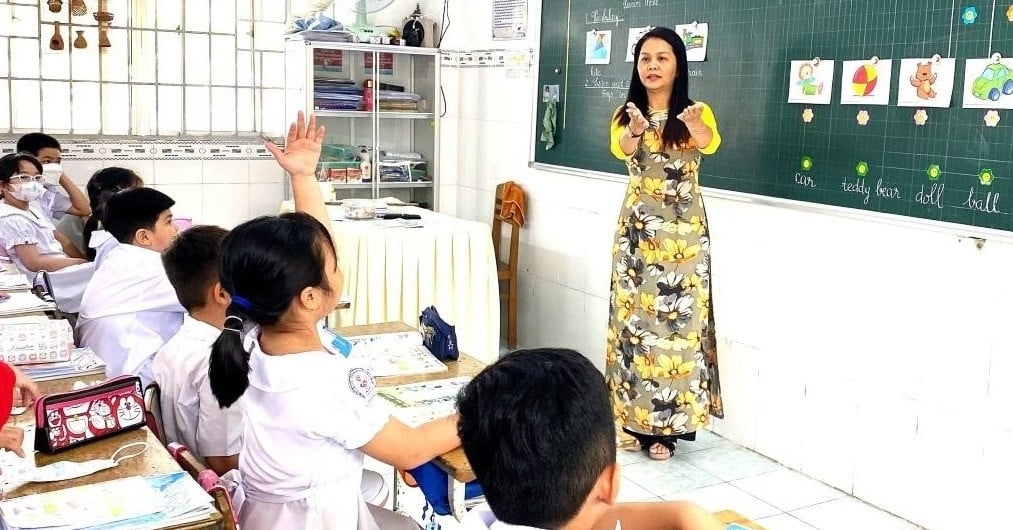
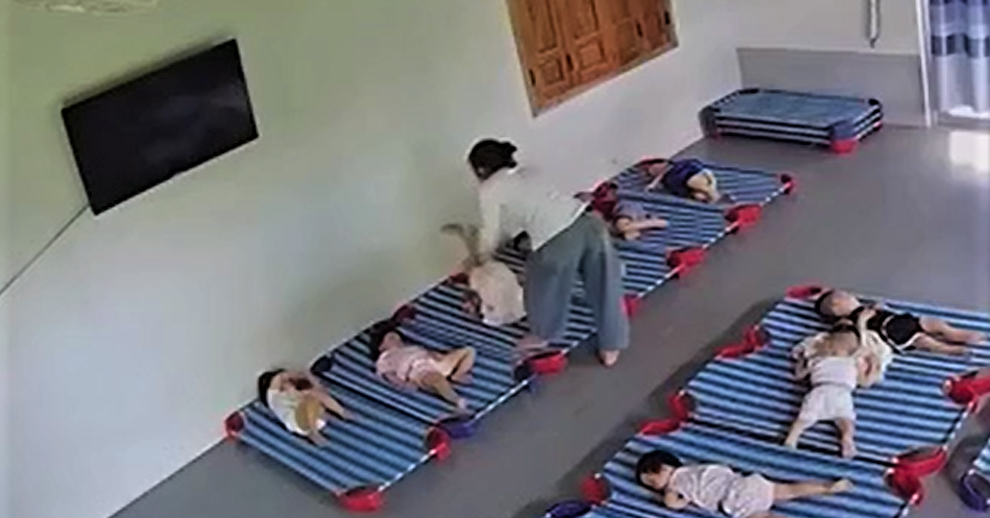




![[Photo] Summary of parade practice in preparation for the April 30th celebration](https://vstatic.vietnam.vn/vietnam/resource/IMAGE/2025/4/11/78cfee0f2cc045b387ff1a4362b5950f)














































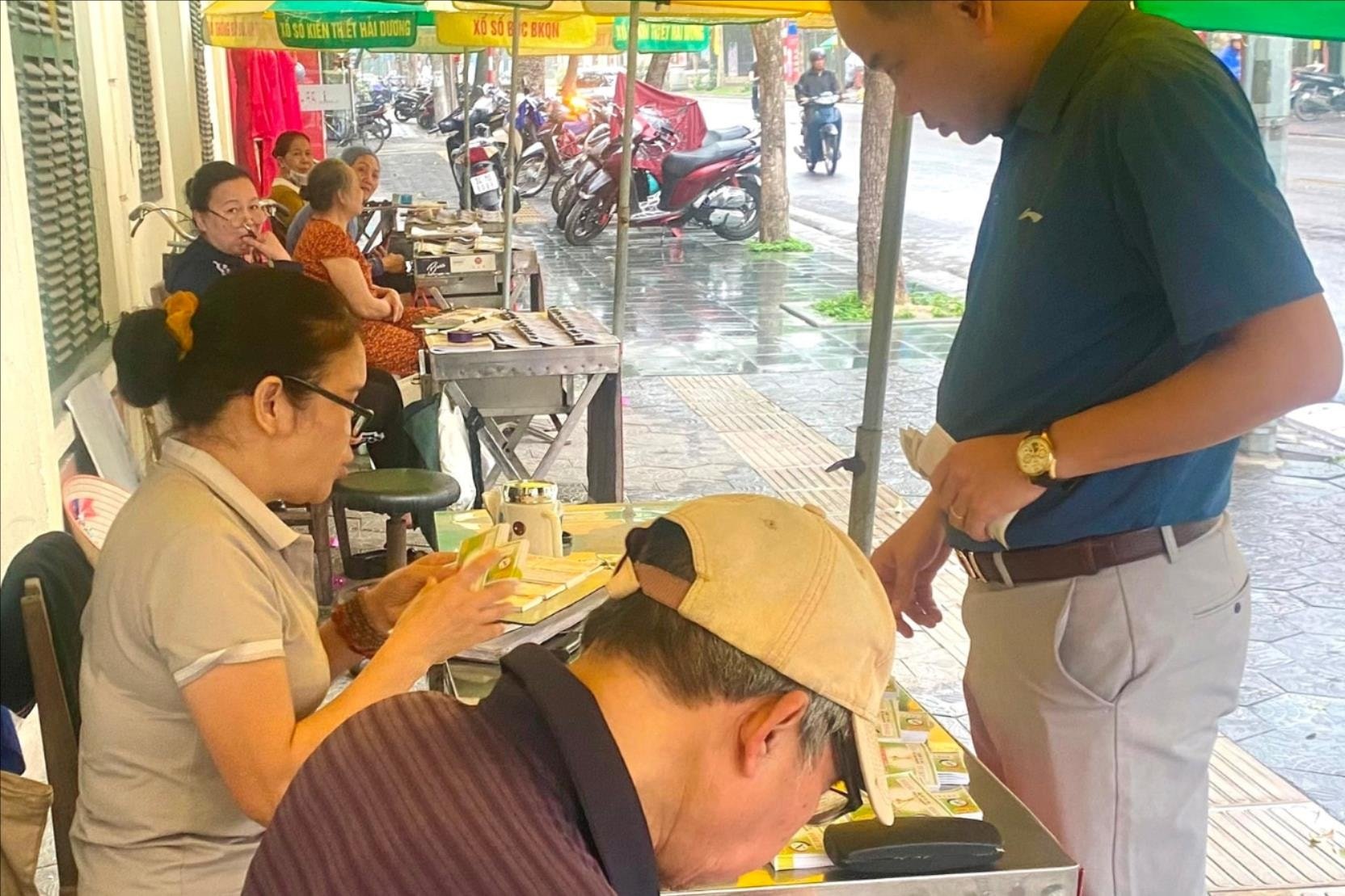



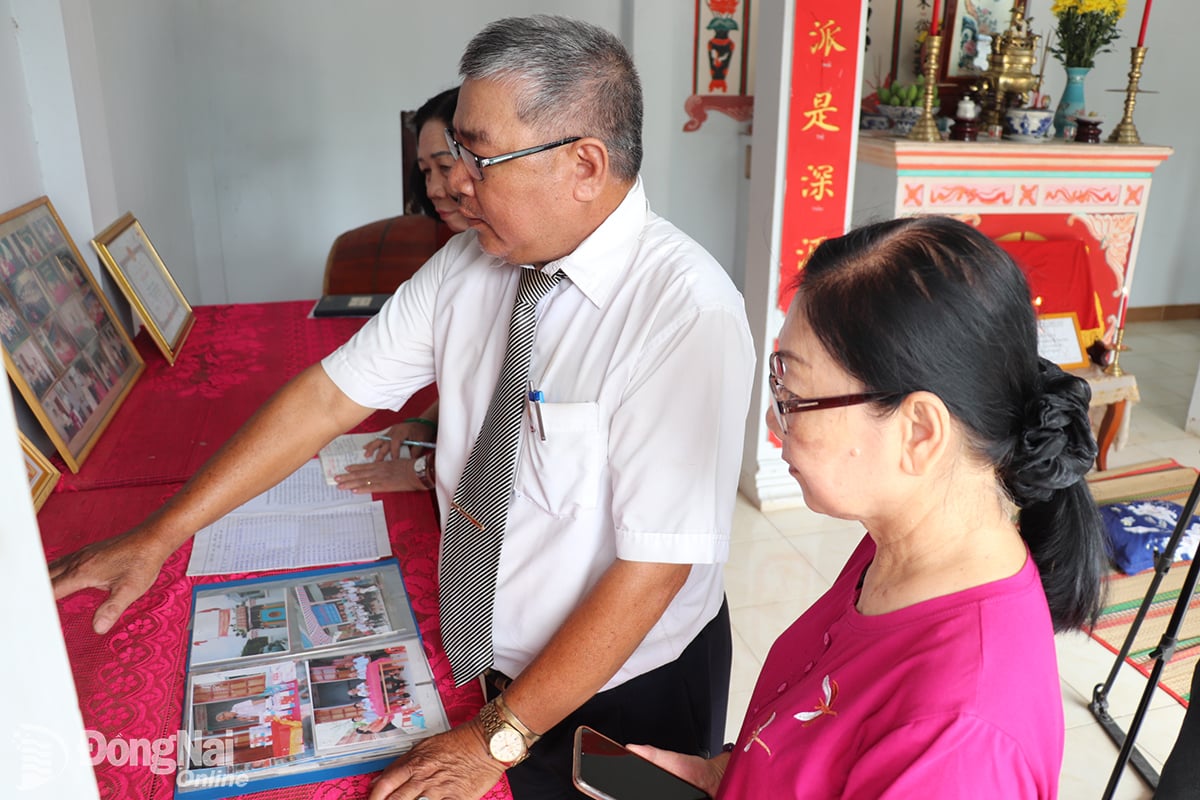










Comment (0)